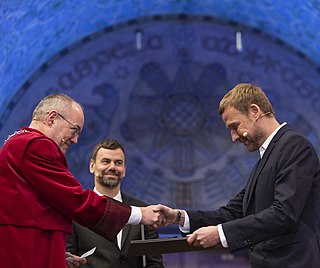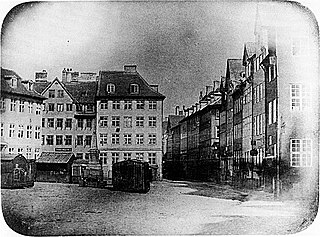Exhibitions
This section of a biography of a living person does not include any references or sources .(September 2010) |
Astrid Kruse Jensen's website provides the following list of solo exhibitions:
2021
- Fortiden foran mig, Fotografisk Center, Copenhagen, Denmark
- Floating, Wetterling Gallery, Stockholm, Sweden
2019
- Floating, Fotocentrum Raseburg, Karis, Finland
- Floating, Martin Asbæk Gallery, Copenhagen, Denmark
2018
- Memories and Hidden Places, Hafnarborg Centre of Culture and Fine Art, Hafnarfjordur, Iceland
2016
- Reflections, Wetterling Gallery, Stockholm, Sweden
2015
- Out of focus, Esbjerg Kunstmuseum, Esbjerg, Denmark
- Beauty Will Always Be Disturbed, Wetterling Gallery, Stockholm, Sweden
- Fragments of Remembrance, Martin Asbæk Gallery, Copenhagen, Denmark
2014
- Within The Landscape, Sven Harrys Kunstmuseum, Stockholm, Sweden
- Within The Landscape, Johannes Larsen Museet, Kerteminde, Denmark
2013
- Astrid Kruse Jensen, La villa Culture, Ganshoren, Belgium
- Astrid Kruse Jensen, La Venerie, Bruxelles, Belgium
- Astrid Kruse Jensen, De Bourglinster, Luxembourg
2012
- Disappearing into the past, Fotoforum, Stadtmuseum Schleswig, Germany
- Disappearing into the past, Rønnebæksholm, Næstved, Denmark
- Disappearing into the past, Martin Asbæk Gallery, Copenhagen, Denmark
- Disappearing into the past, Museet for Fotokunst, Odense, Denmark
2011
- On the other side of twilight, dual show with Elle Kooi, Stedelijk Museum, Holland
- Enchanted Spaces, Ruchika's Art Gallery, Goa, India
- Parallel Realities, Backslash Gallery, Paris, France
- Disappearing into the past, Brundlund Slot, Aabenraa, Denmark
2010
- Between the Real and the Imaginary, Maison du Danemark, Paris, France
- The Construction of Memories, Galerie Mikael Andersen, Copenhagen, Denmark
- Enchanted Spaces, Ganges Art gallery, Kolkata, India
- Between the Real and the Imaginary, Galerie Mikael Andersen, Berlin, Germany
2009
- Between the Real and the Imaginary, Artotheque de Caen, Caen, France
- Hidden Places / Enchanted Spaces, The Viewing Room, Mumbai, India
2008
- Between the Real and the Imaginary, Vestsjællands Art Museum, Sorø, Denmark
- Indefinite Spaces, Galerie Mikael Andersen, Berlin, Germany
2007
- Selected Works, Konrad-Adenauer-Stiftung, Berlin, Germany
2006
- Hypernatural, Centrum Kultury Zamek, Poznan, Poland
- Hypernatural, Galleri Hornbaek, Hornbaek, Denmark
- Parallel Landscapes, La Galeria, Barcelona, Spain
- Power of Place, Harbourfront Centre, Toronto, Canada
- Hypernatural, Kaunas Photo Days, Kaunas, Lithuania
- Parallel Landscapes, Galerie Mikael Andersen, Copenhagen, Denmark
2005
- Allusions of Home, Women's Festival, Ljubljana, Slovenia
- Hypernatural, Galleri Image, Aarhus, Denmark
2004
- Imaginary Realities, Philips Contemporary Art Gallery, Manchester, UK
- Imaginary Realities, Galleri Skuggi, Reykjavik, Iceland






